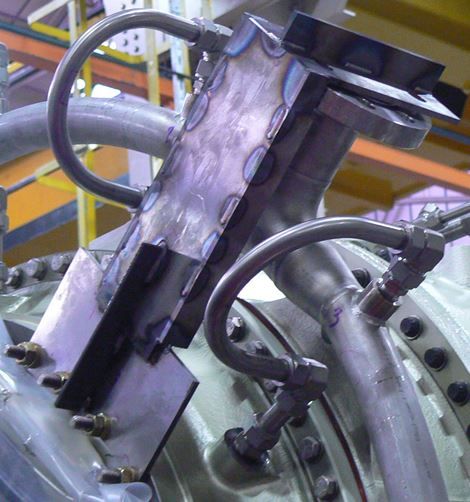Working with gauge plate.
Working with gauge plate.
- This topic has 41 replies, 22 voices, and was last updated 16 February 2017 at 12:39 by
Brian G.
- Please log in to reply to this topic. Registering is free and easy using the links on the menu at the top of this page.
Latest Replies
Viewing 25 topics - 1 through 25 (of 25 total)
-
- Topic
- Voices
- Last Post
Viewing 25 topics - 1 through 25 (of 25 total)






